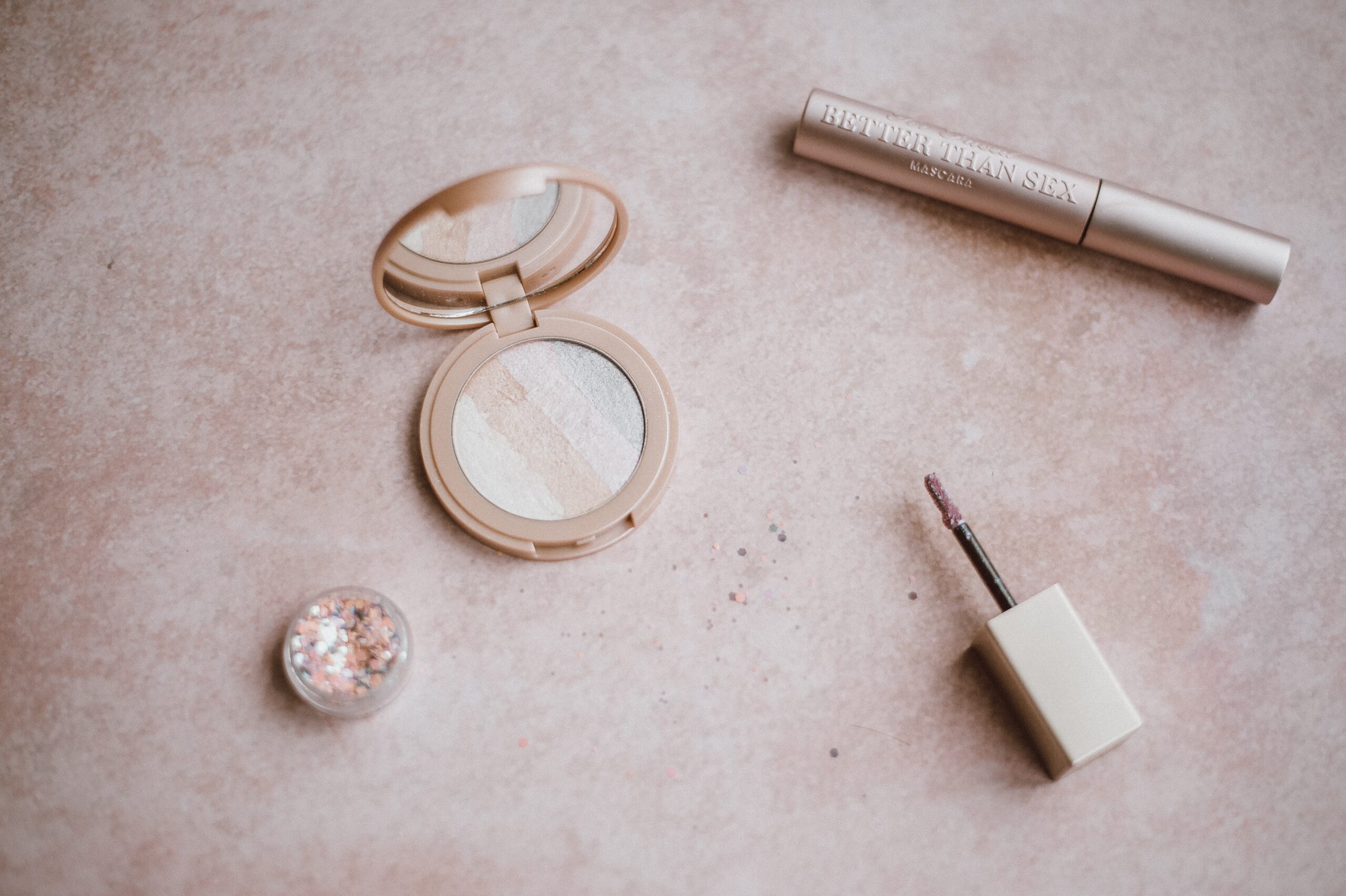Beauty
Makeup Basics: Tones, Colors, and Skin Types
Find Items Here
The Importance of Understanding Makeup Basics
The Importance of Understanding Makeup Basics
Makeup has become an essential part of our daily routine, helping us enhance our natural beauty and boost our confidence. However, with so many products and techniques available, it can be overwhelming for beginners to navigate the world of makeup. In this blog post, we will cover the basics of makeup, including understanding skin tones, choosing the right colors, and considering different skin types.
Understanding Skin Tones
One of the first steps in makeup application is identifying your skin tone. There are three main categories: warm, cool, and neutral. Warm skin tones have yellow or golden undertones, while cool skin tones have pink or blue undertones. Neutral skin tones have a balance of both warm and cool undertones.
To determine your skin tone, you can look at the veins on your wrist. If they appear green, you likely have warm undertones. If they appear blue, you likely have cool undertones. If you can’t clearly identify either color, you may have a neutral undertone.
Choosing the Right Colors
Once you understand your skin tone, you can choose makeup colors that complement it. For warm skin tones, earthy tones like bronze, copper, and warm browns work well. Cool skin tones, on the other hand, look great with shades like pink, berry, and cool grays. Neutral skin tones have the flexibility to pull off a wide range of colors.
When it comes to foundation, it is crucial to find a shade that matches your skin tone perfectly. Testing the foundation on your jawline is a good way to determine if it blends seamlessly with your skin. Remember, the goal is to create a natural and even complexion.
Considering Different Skin Types
Understanding your skin type is essential for selecting the right makeup products. The most common skin types are dry, oily, combination, and sensitive.
If you have dry skin, opt for hydrating foundations and moisturizing products to prevent flakiness and enhance radiance. Oily skin types should look for oil-free or matte formulas that control shine. Combination skin requires a balanced approach, using products that address both dry and oily areas. Sensitive skin types should choose hypoallergenic and fragrance-free options to avoid irritation.
Conclusion
By understanding your skin tone, choosing the right colors, and considering your skin type, you can create a makeup look that enhances your natural beauty. Remember, makeup is a form of self-expression, so don’t be afraid to experiment and have fun with it!
Find Items Here
Basic Makeup Requirements, Basics About Makeup, Basics In Makeup, Basics Makeup Tips, Basics Of Makeup, Basics Of Makeup Application, Makeup Application Basics, Makeup Basic Skills, Makeup Basics, Makeup Basics Items, Makeup Essentials Basics, Makeup Essentials Shopping
